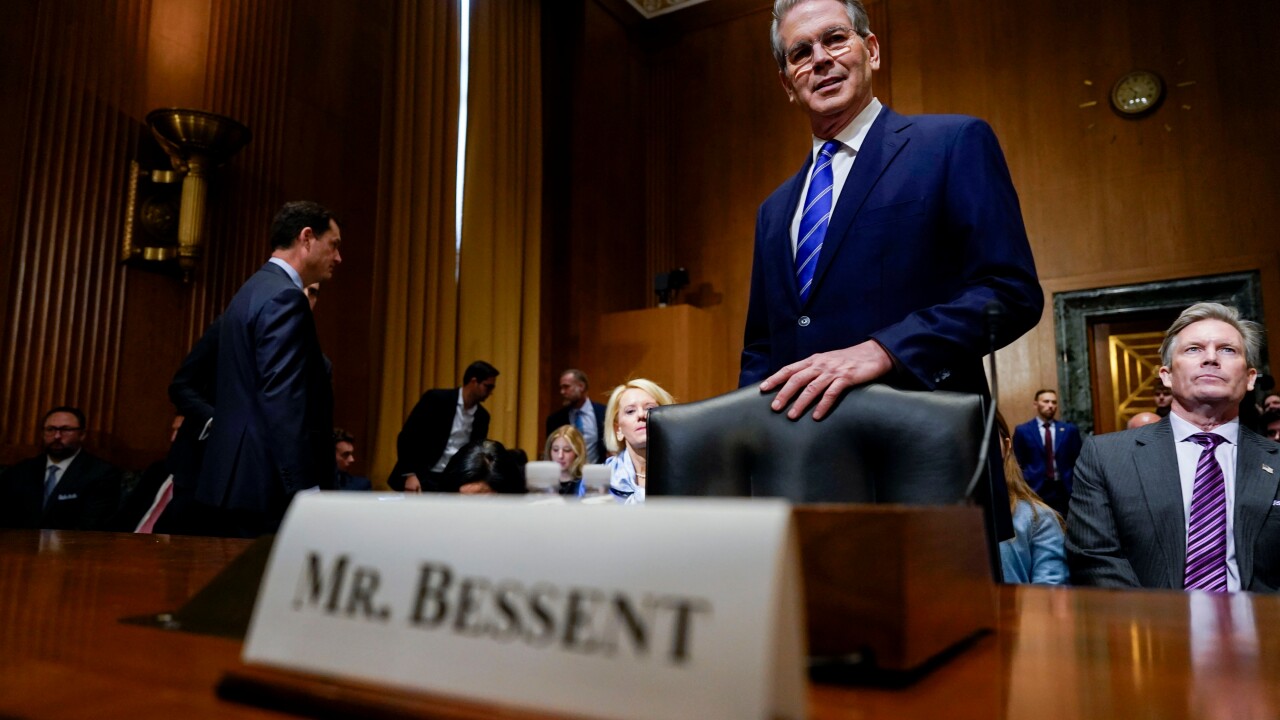From the founding of the first American banks there has never been a slower period of new bank formation than this one. Since 2010, only three new banks have been chartered, one of which has yet to open its doors. Federal Deposit Insurance Corp. Chairman Martin Gruenberg says that this is all about to change, and he and his agency have been making aggressive statements to show that they are serious.
In the summer 2016 edition of the FDIC's online publication
The article, "De Novo Banks: Economic Trends and Supervisory Framework," displayed the new attitude by the agency toward new banks. The article first cites a November 2014 series of answers to frequently asked questions to "provide additional transparency to the application process." That was followed by a March 2015 meeting with state banking regulators to explain application procedures, and then an interagency training conference "to promote coordination" in bank chartering.
In perhaps its most tangible step to date, the FDIC announced in April that it was reducing to three years the period of enhanced supervision applied to de novo banks. (The agency had increased that period to seven years in 2009.) Also, in April, the agency augmented the Q&A publication, addressing issues related to business plans of startup banks.
And more appears to be coming. The e-zine article announced plans to publish by yearend a "practical guide" for chartering a bank.
All of this is very promising. In fact, the activity and effort add up to a very public commitment at the top of the agency to new bank chartering. It is hard to escape belief that Chairman Gruenberg is sincere. Change was needed because of the unwritten policy of the FDIC, from the early days of the financial crisis, to approve no new banks. The agency discouraged applications and slow-walked those that were made.
With the agency's more recent support for new banks, what could get in the way? The FDIC points to the Federal Reserve's near-zero interest rate policies. With loans tied to interest rate margins, keeping rates squeezed reduces the appeal of the lending business. But some barriers may still remain inside the FDIC. It can be a challenging process for new policy priorities established by top leadership to find their way into agency culture.
The deposit insurer remains overly sensitive to the possibility of bank failures. I am confident that life insurers prefer people to remain alive, but I am equally sure that they do not count on an end to mortality. I am not happy when I hear about a bank failure, but I am glad that we live in a country that allows banks to fail. (I was told by a senior European bank regulator that bank failure is not part of their supervisory program.) Psychologically tender from the bank failures of the recent recession, the FDIC seems to remain nervous about chartering a bank that possibly might not succeed, pointing with alarm to a 12.8% failure rate of de novo banks during the last recession. However, that 87.2% success rate is something to celebrate. According to the Bureau of Labor Statistics, about half of all new businesses fail within five years. The bank survival rate—tested by harsh reality—is much better. That record is worth trusting.
The FDIC points to the cyclical nature of new bank formation — that more de novos appear in good times than bad. But three new banks in five years is below anything that could be called cyclical. A guarantee of success is a near insurmountable test for any business to meet.
There may be a regulatory cultural barrier to overcome here but regulators need to recognize that they can christen new banking ships without insisting that they all be unsinkable. Our financial commerce needs new banking entrants, a point that Chairman Gruenberg has frequently made himself.
At the start of 2016, I suggested to a colleague that this may be the year when new banks outnumber bank failures. As we approach autumn, I am beginning to think that this wish may not be granted until 2017. Although there have been few 2016 bank failures (just four so far), we are still waiting for the first new bank charter of the year.
For the first time ever, during the recent recession, the FDIC imposed a de facto moratorium on new bank charters. The FDIC may be discovering how hard it is to recover from the inertia of zero.
Wayne A. Abernathy is executive vice president for financial institutions policy and regulatory affairs at the American Bankers Association. Previously he served as assistant secretary of the Treasury for financial institutions and as staff director of the Senate Banking Committee.





